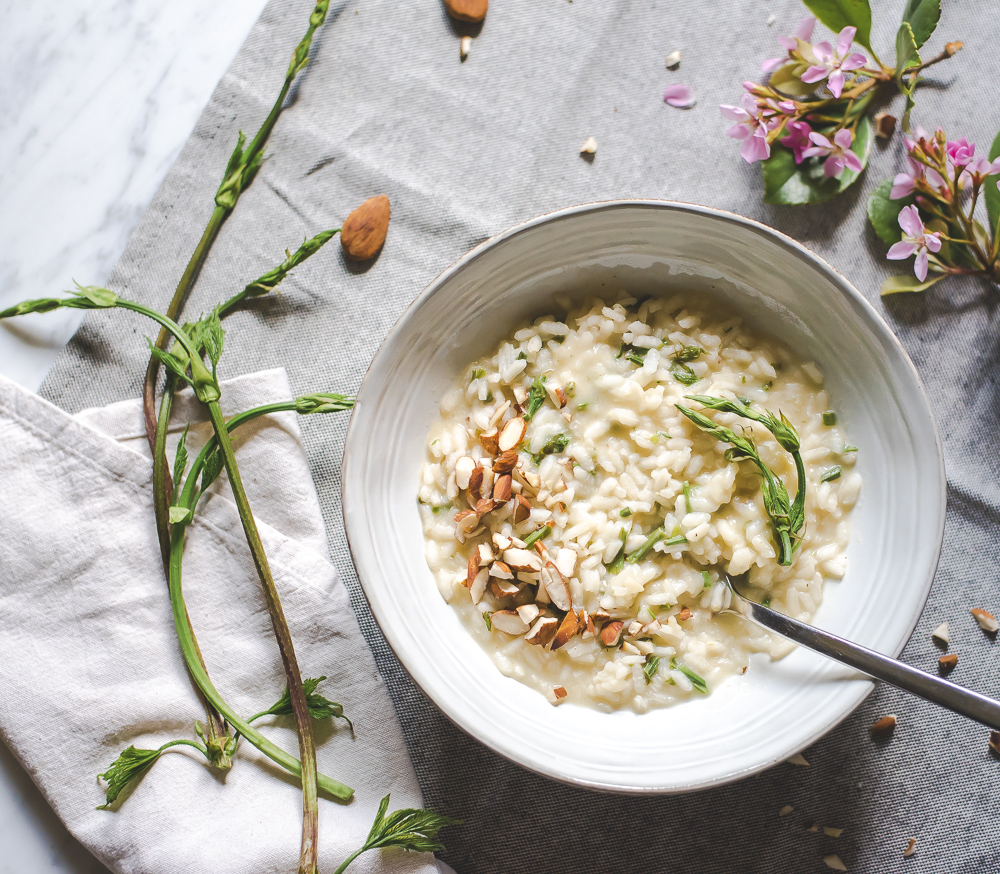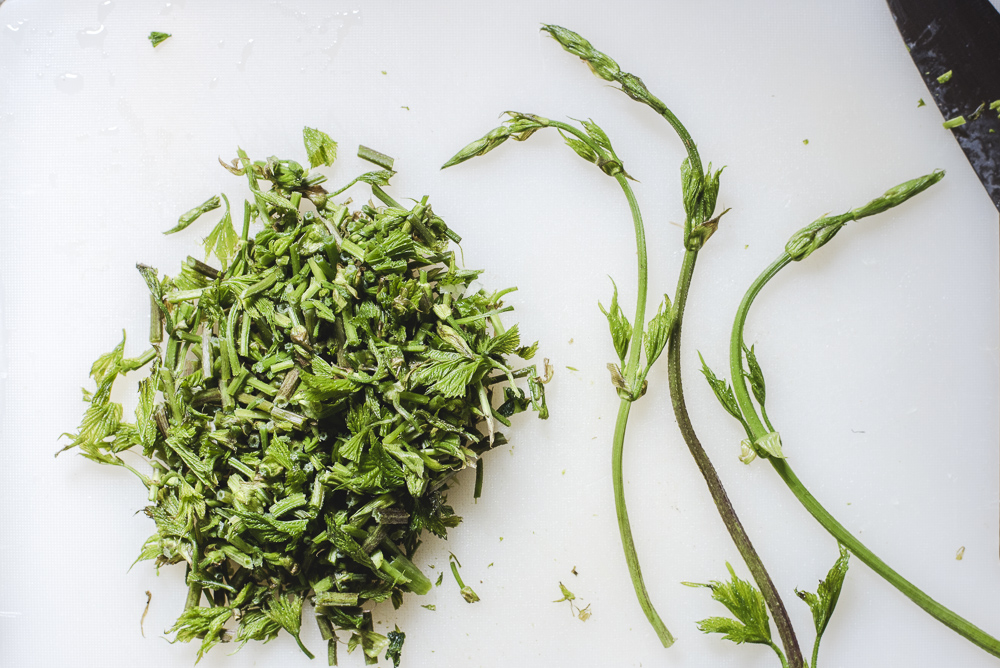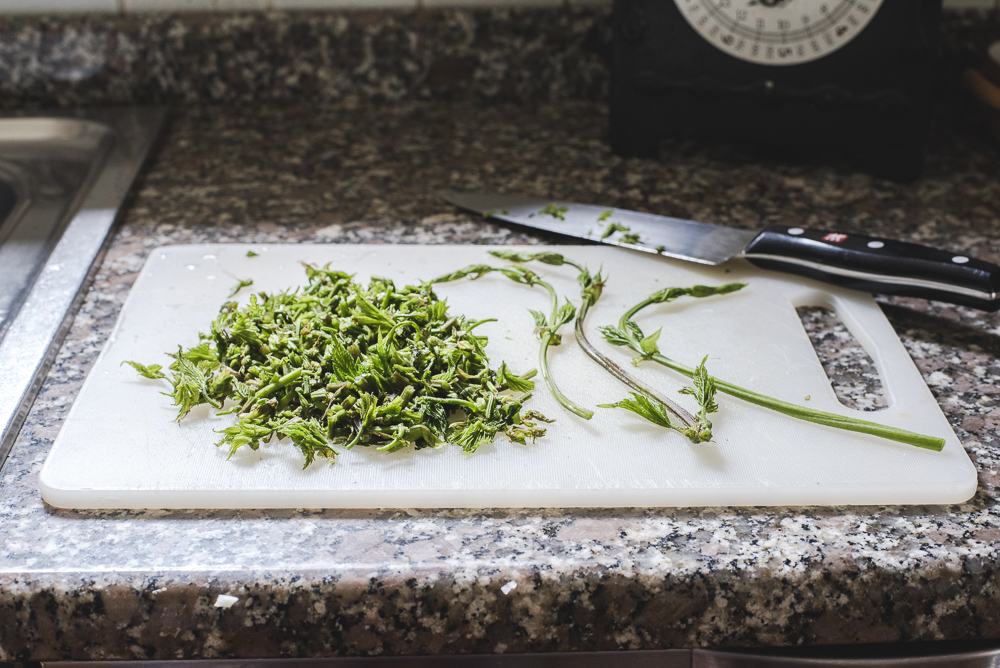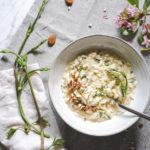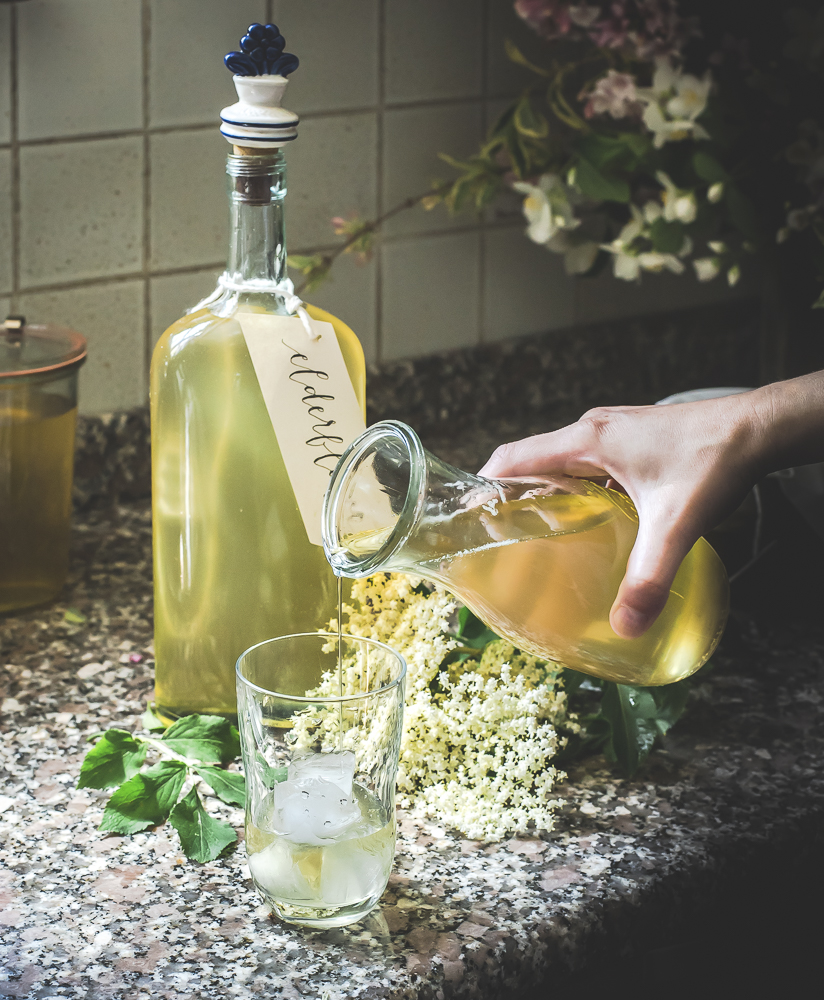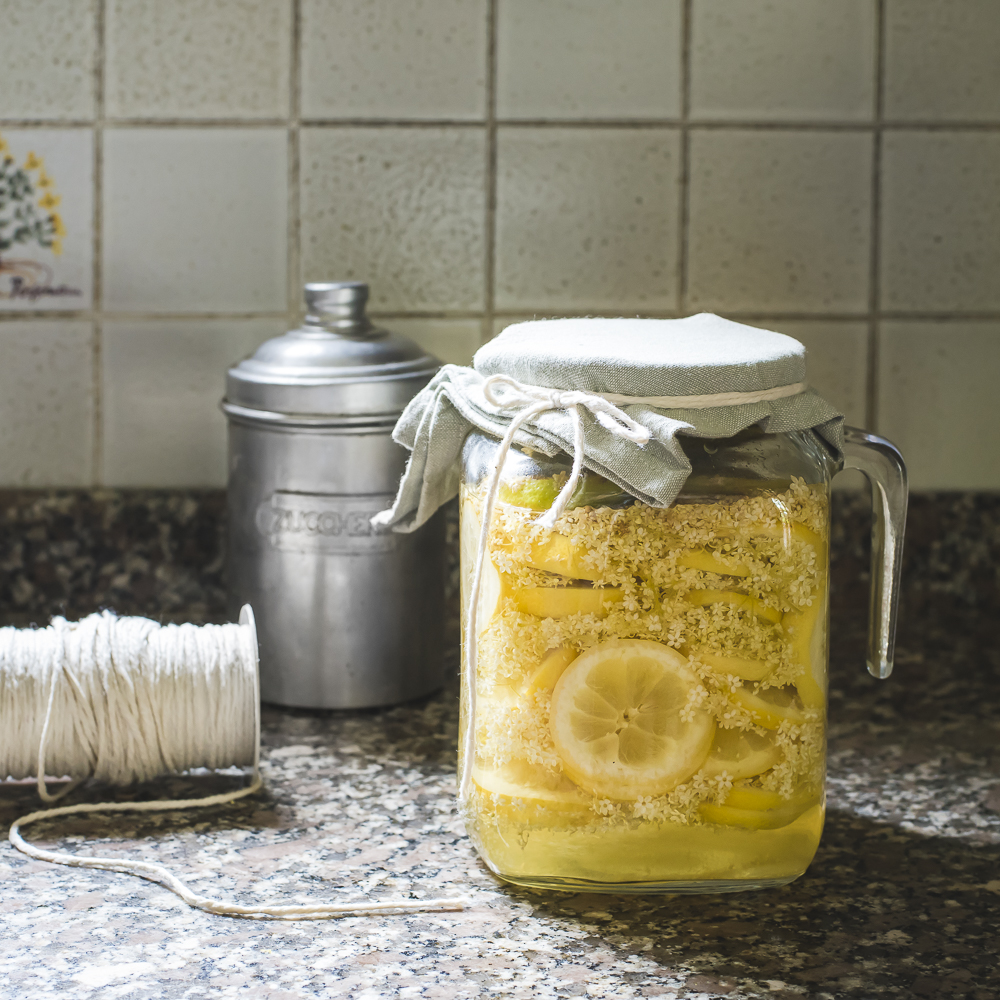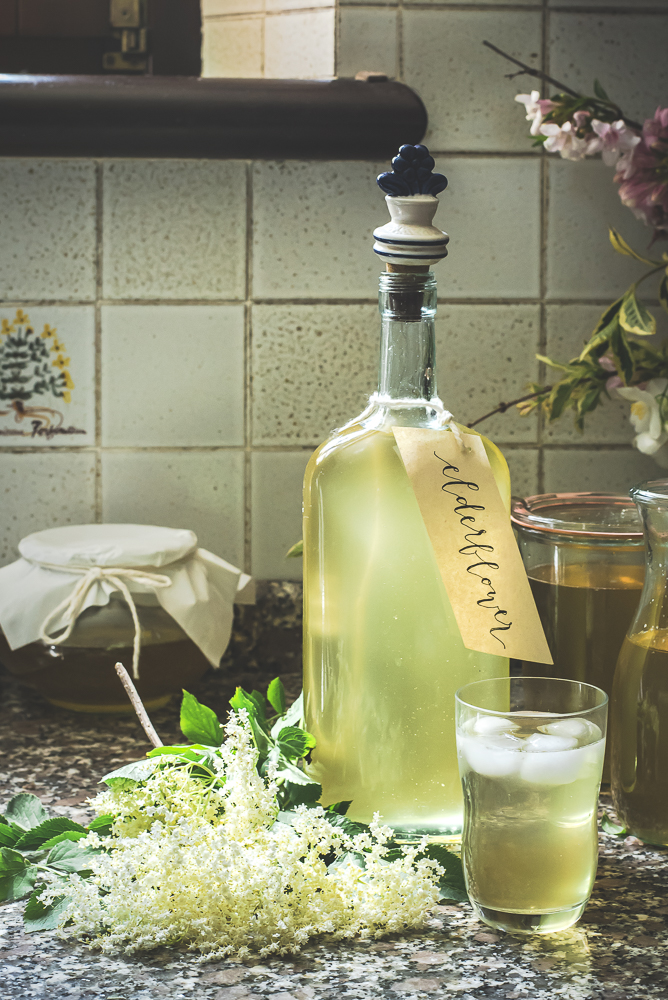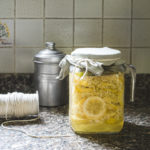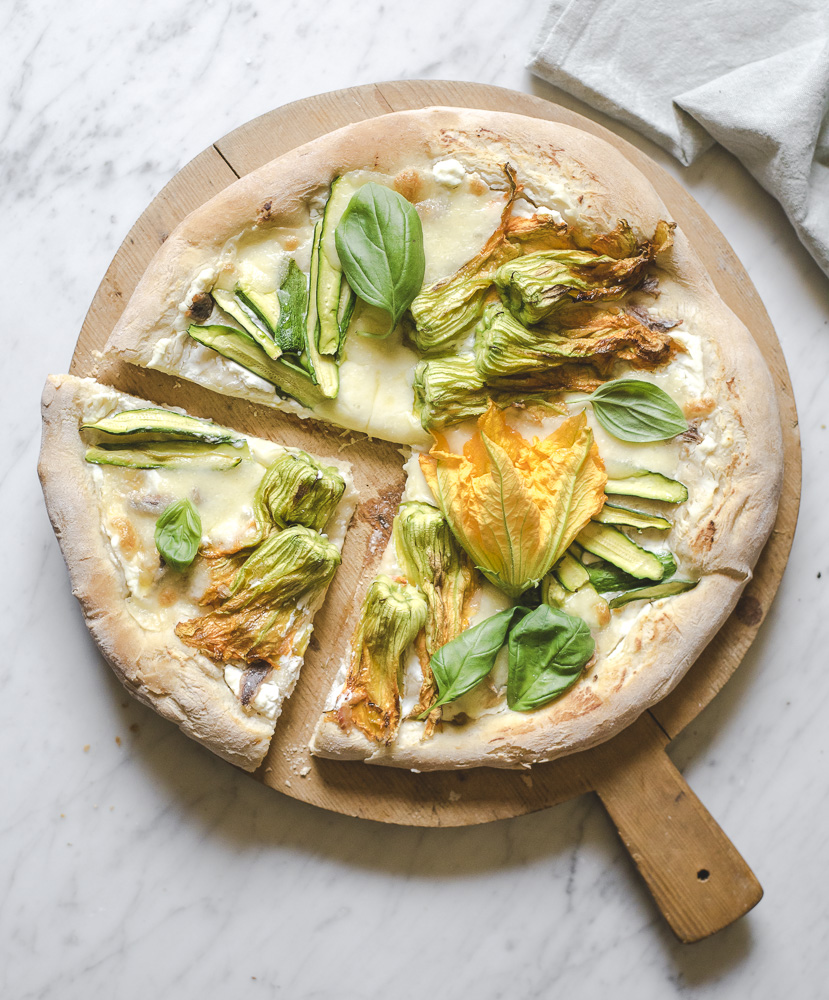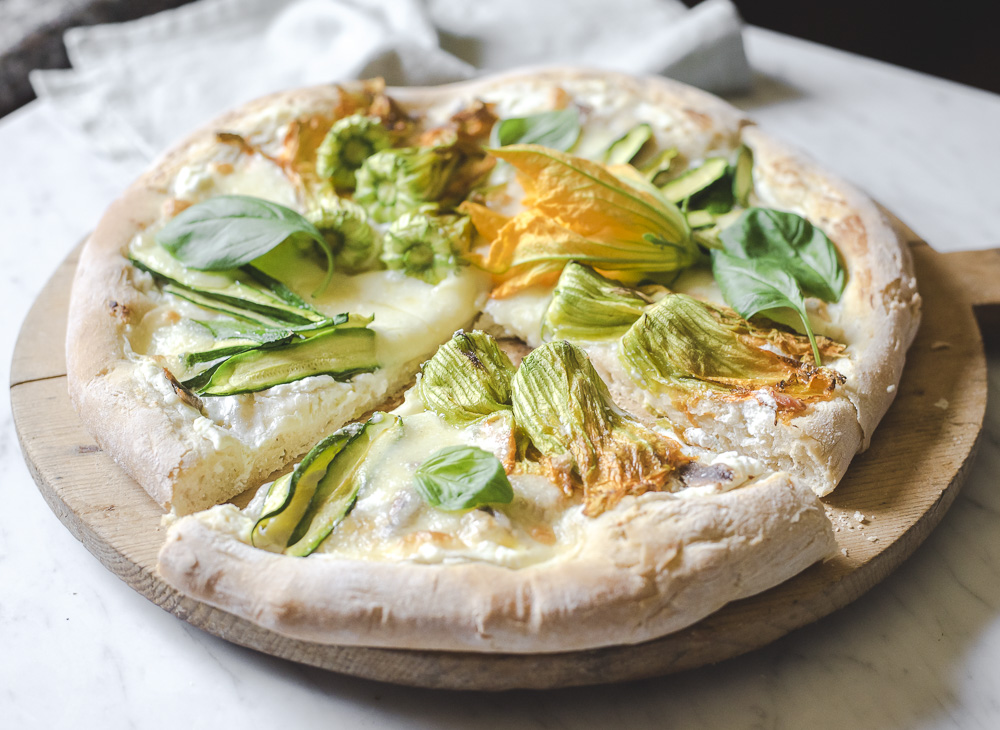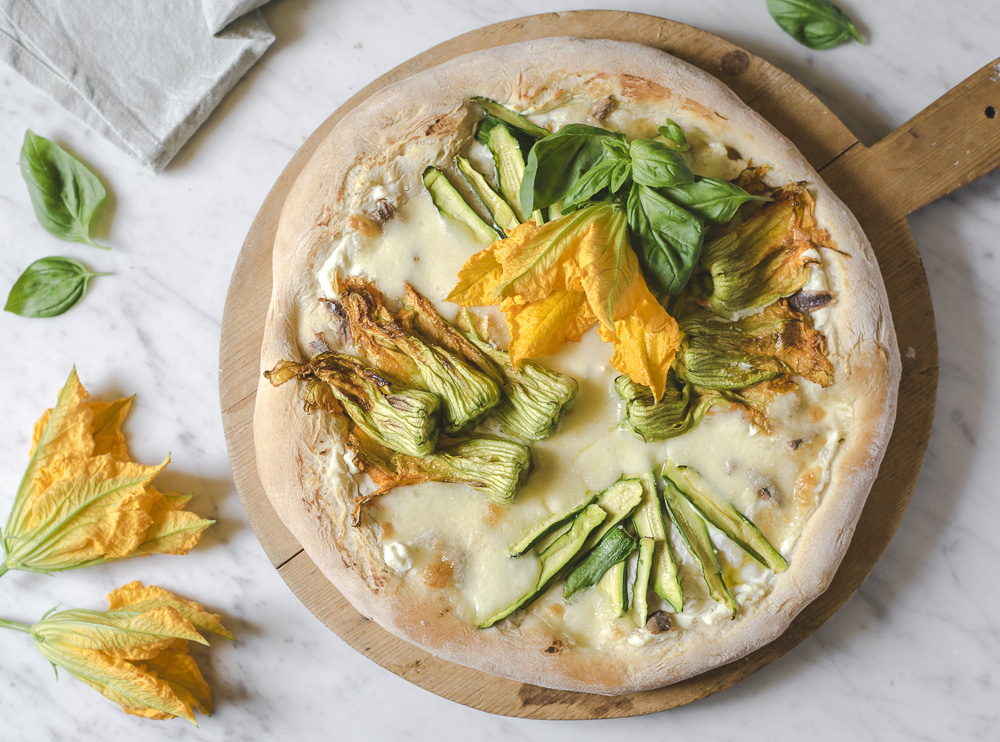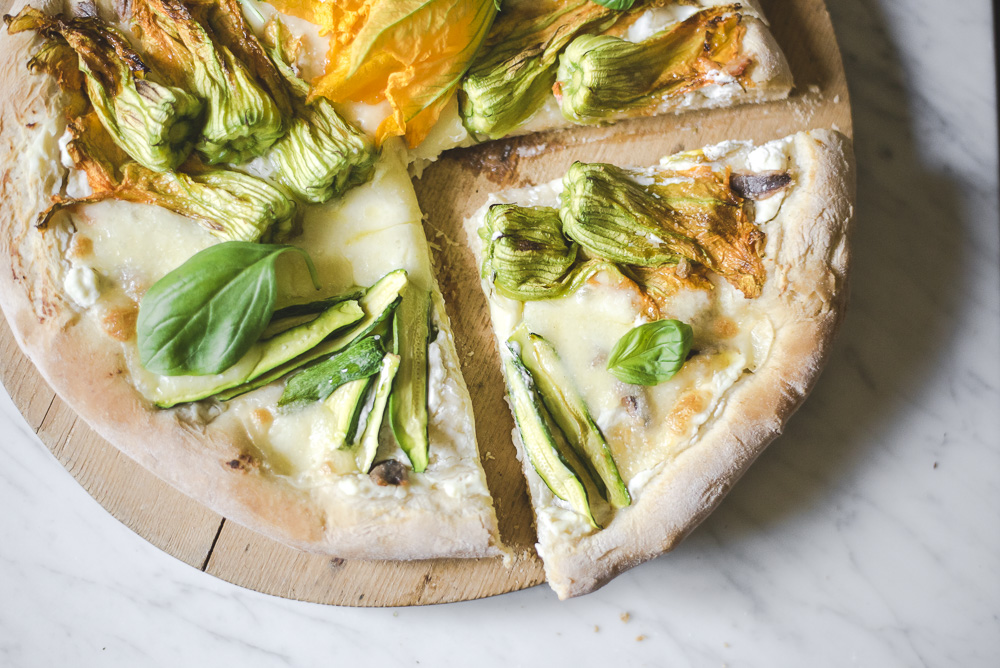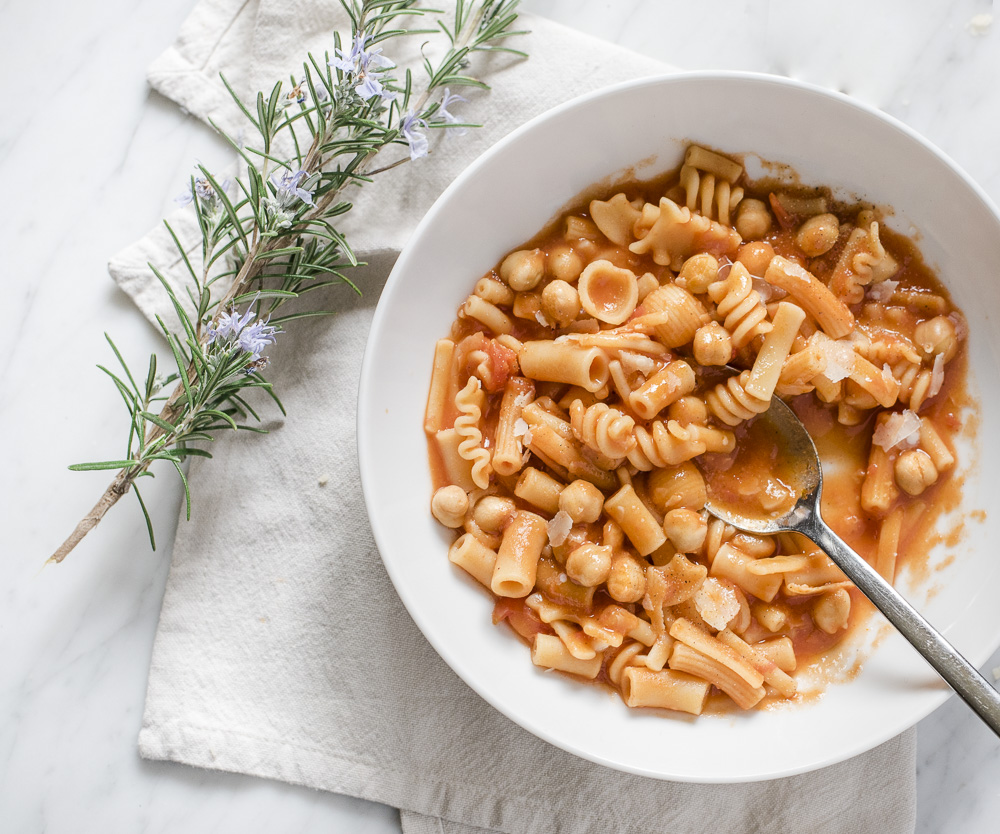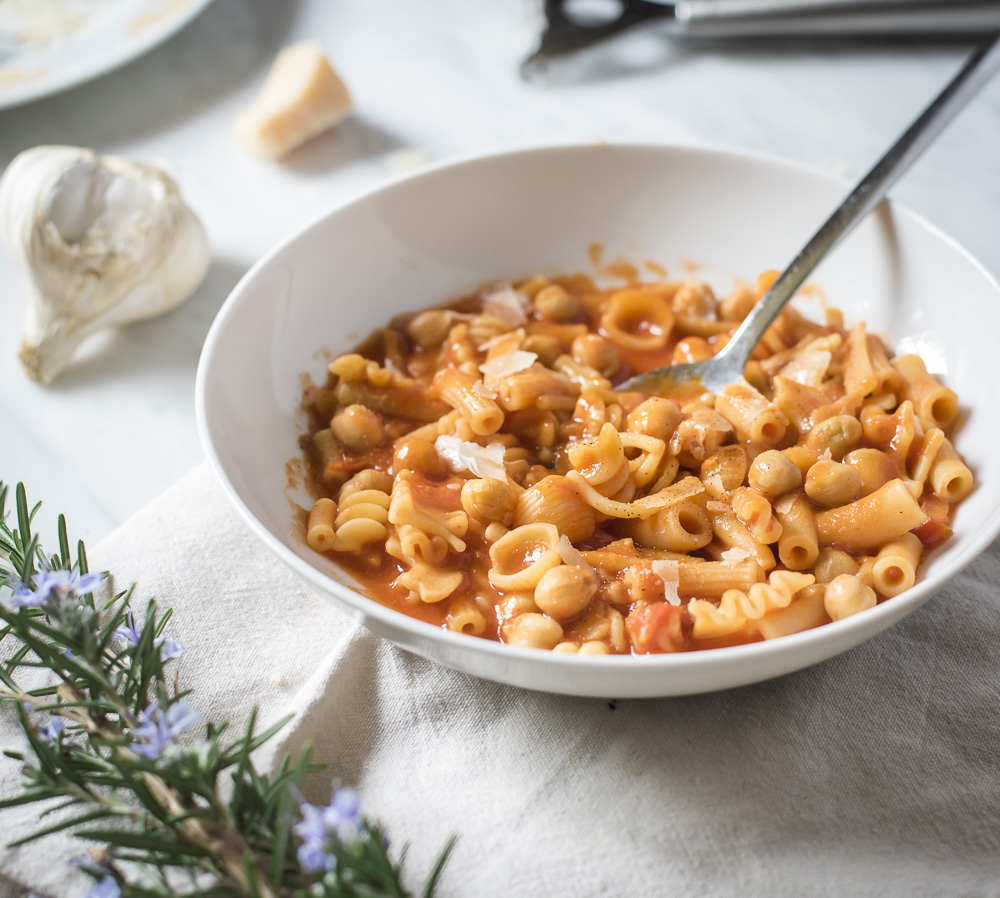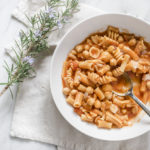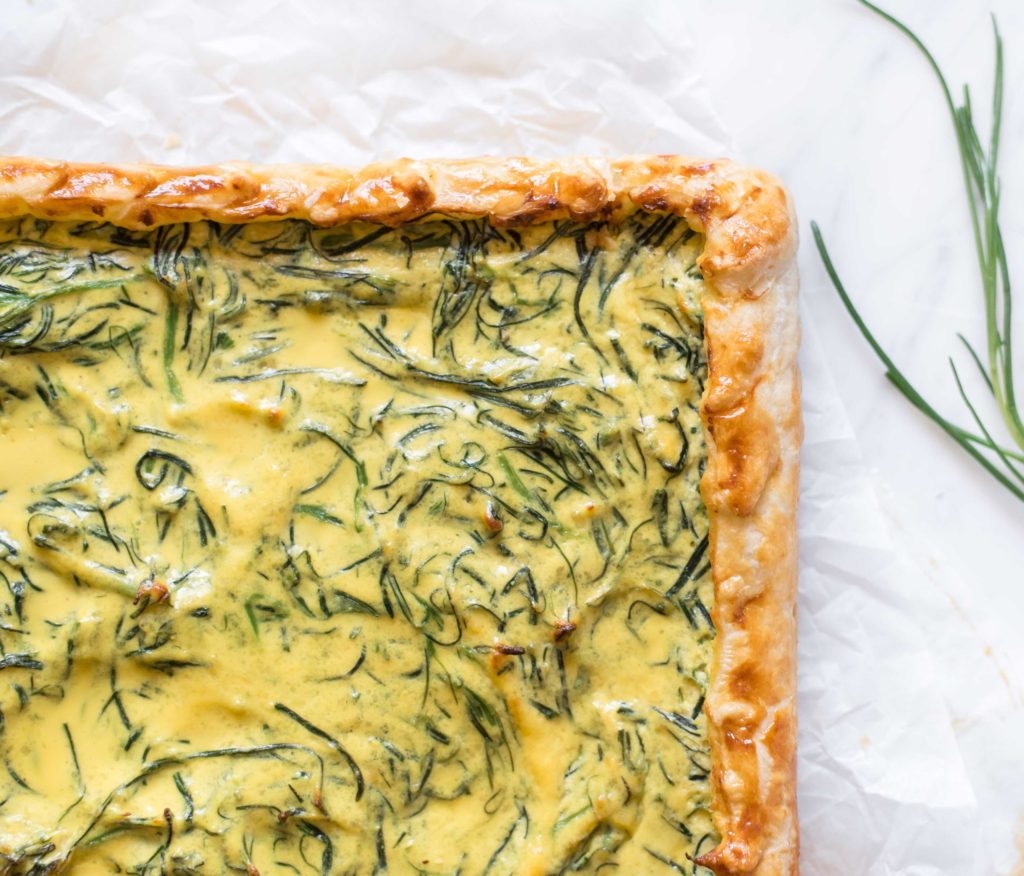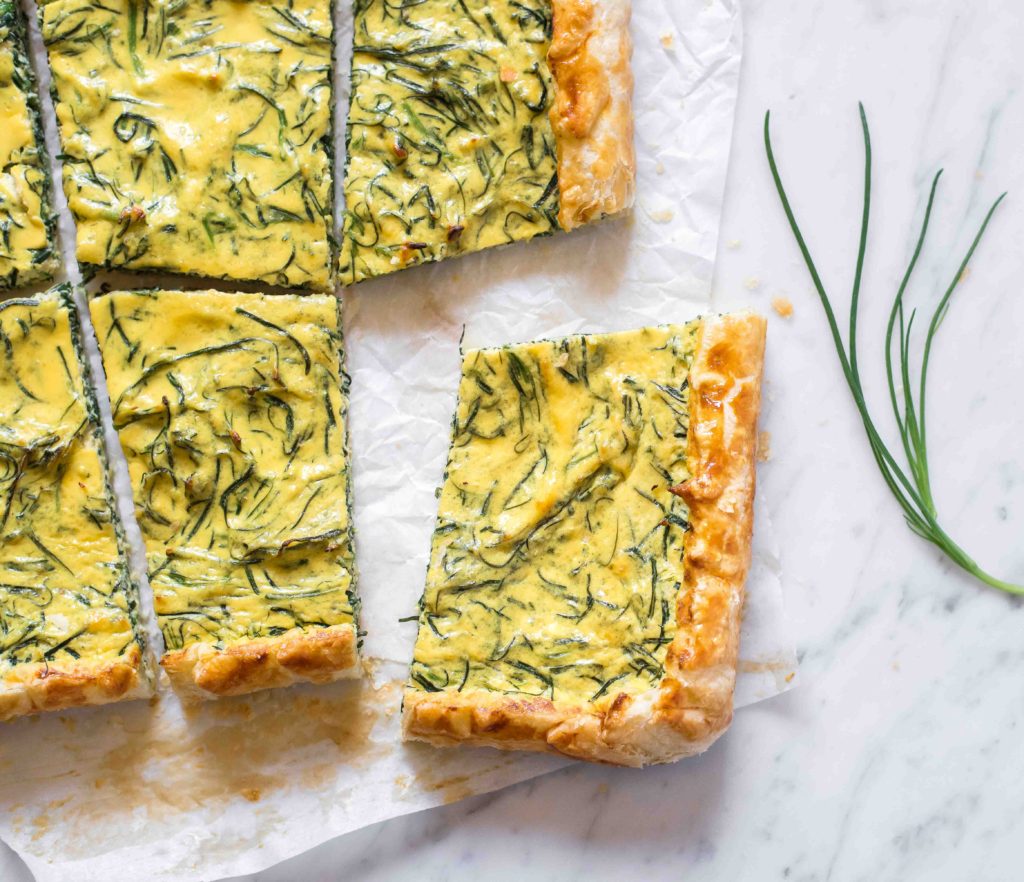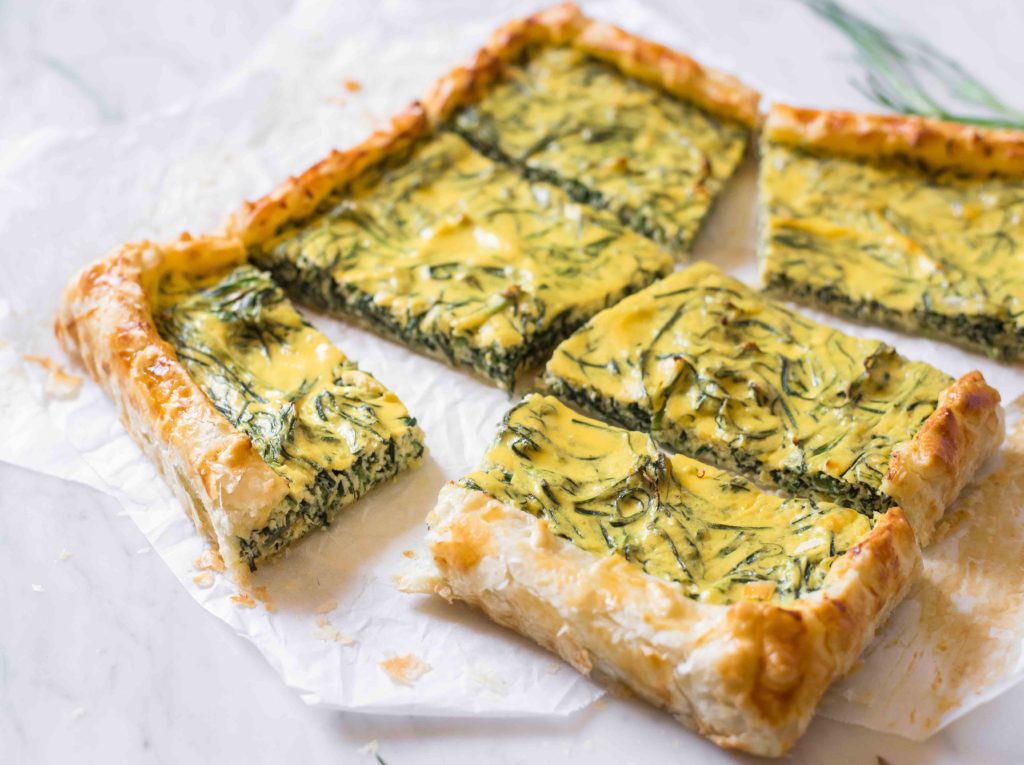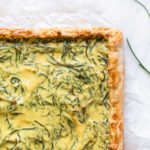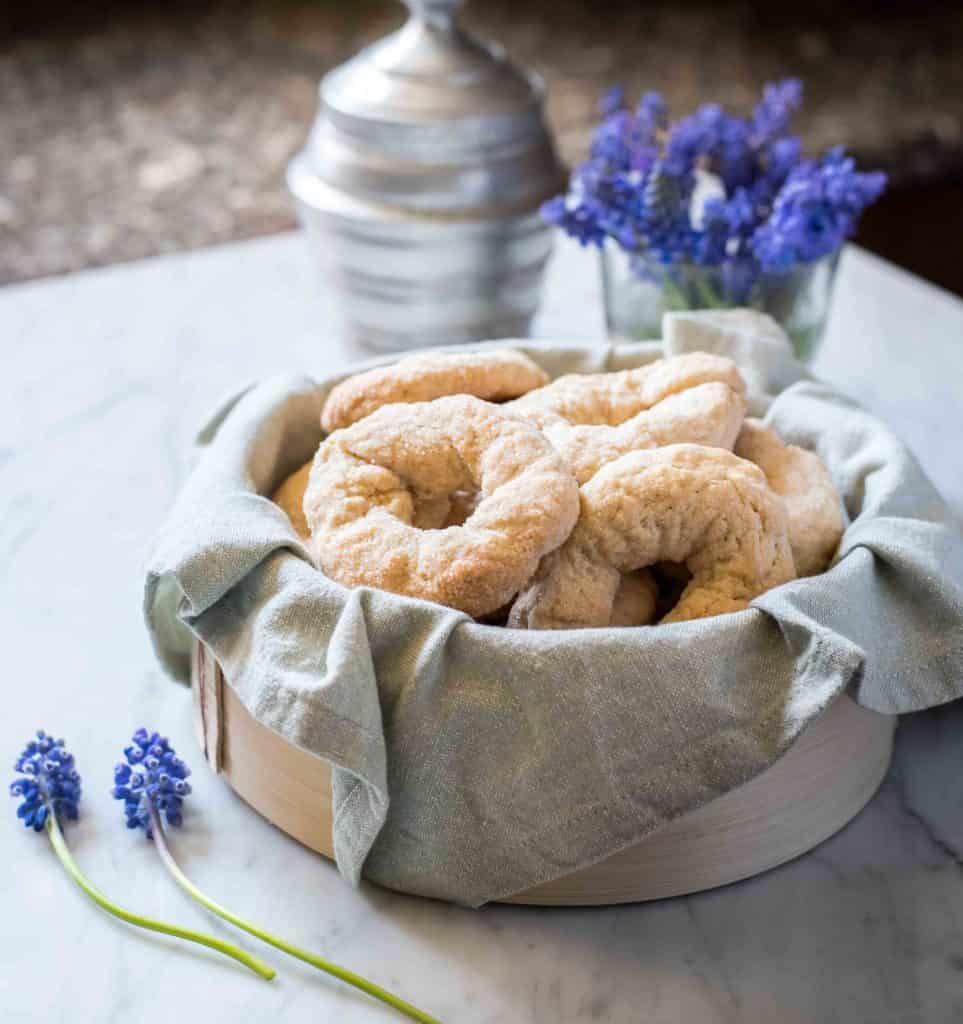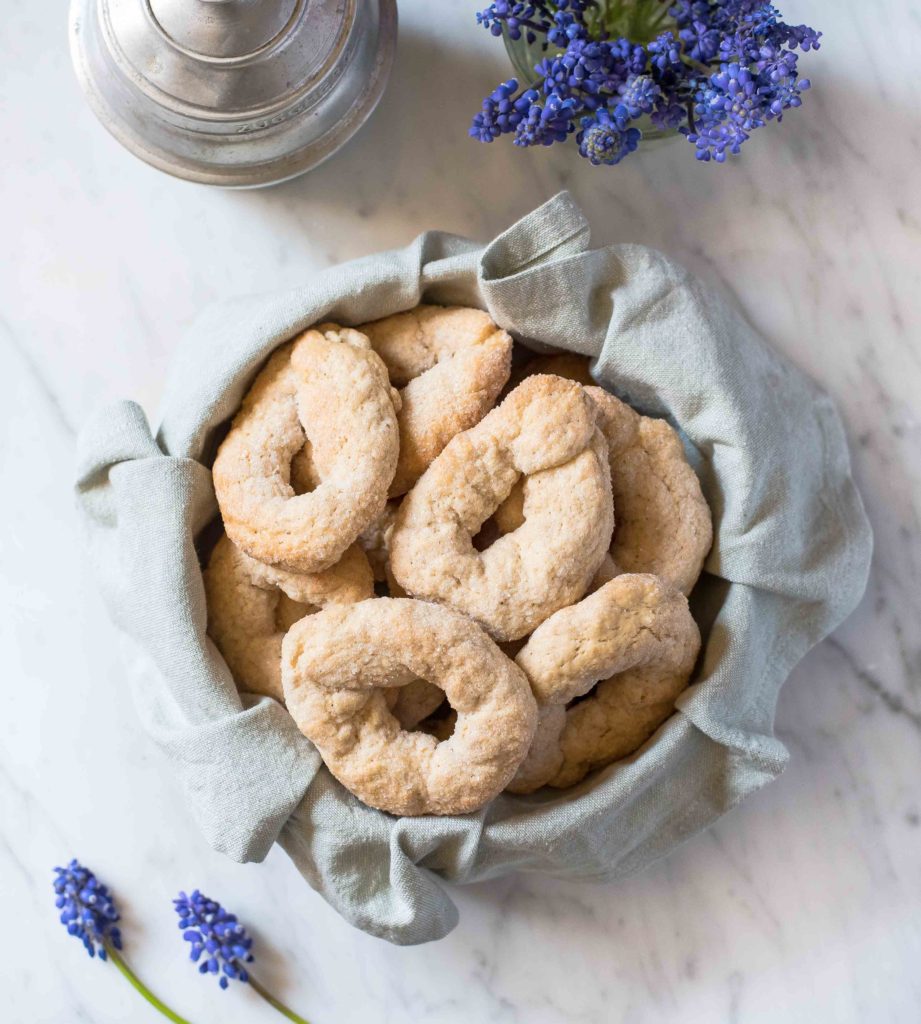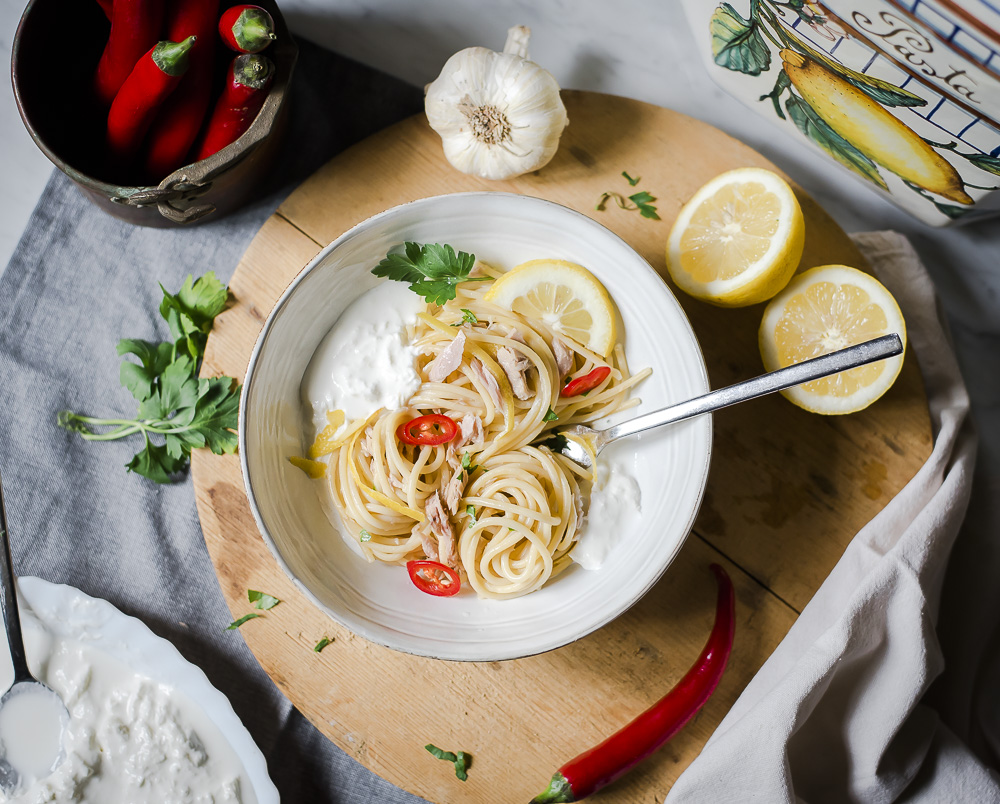
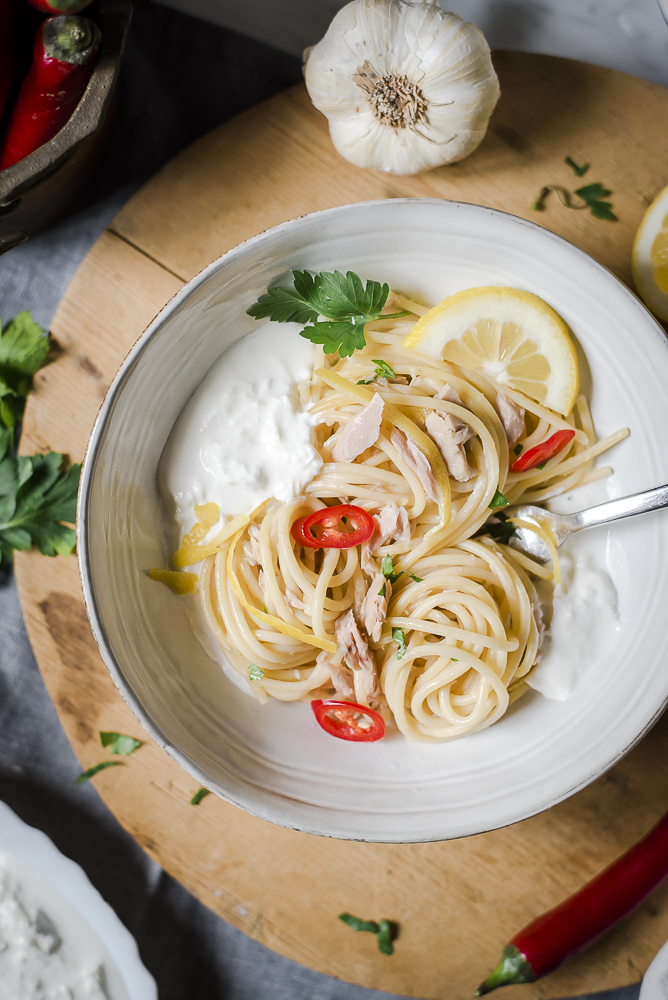
Hello friends,
Long time no see! A lot has happened in the past month. We’re back in the US after a whole year spent in Italy, near my family. I can say our hearts and bellies are happy and full: so many shared moments with people we love; such familiar and unforgettable flavors! Oh, I miss everything and everybody so much already.
We ended up gravitating around Northeastern Italy, only stepping once outside the Italian border (to eat at a restaurant in a little Slovenian village). Even if we initially thought we’d travel more, our year in Italy was very rich (and enriching) , regardless!
We loved being close to the sea and to the Alps! The opera in Verona, a weekend in Milan, our summer vacation in a luxury hotel in Alto Adige, a week at my favorite beach, getting lost in Venice for the hundredth time were just some of the highlights of our time there. The most cherished moments, though, were the simplest of all.
I’m thinking of something as simple as getting a brioche and a cappuccino at a local cafe or riding our bikes through the quiet roads around the house, just before the sun disappeared behind the mountains. I loved our dinners under the porch — lately they were on high demand because Olivia loved the colorful string lights. Seeing old friends, eating gelato & pizza, strolling around markets, foraging for wild herbs, shopping at my favorite shoes stores…the list goes on and on! Lastly, the best thing of all was seeing Olivia growing up close to her nonni, aunts, uncles, and cousins. She had lots of attention and love coming from all over the place…I’m not sure how I can replace that, but it was a real blessing! During our time there, she grew into a chatty, smart, and curious toddler.
Now we’re off to a new start and we’re slowly getting used to our new life here in Alexandria, VA. Readjusting this time is a bit harder because of all the restrictions related to COVID. Thankfully, we still have friends here and we also found a house we’ll soon move into. I can’t wait to settled and get all my kitchen stuff back! In the meantime, I have some recipes that have been in the back burner for a long time.
Pasta with Tuna and Lemon is definitely a classic in Italian cuisine. This recipe is a keeper and also a lifesaver because it’s easy, quick, and tasty. We resorted to it on multiple occasions during our last weeks in Italy and even here in our temporary apartment. The quality of tuna is really important, so make sure to use the best you can find. I love to add luscious and creamy stracciatella to this dish: it goes so well with the zesty lemon and it balances out the heat from the chili peppers.
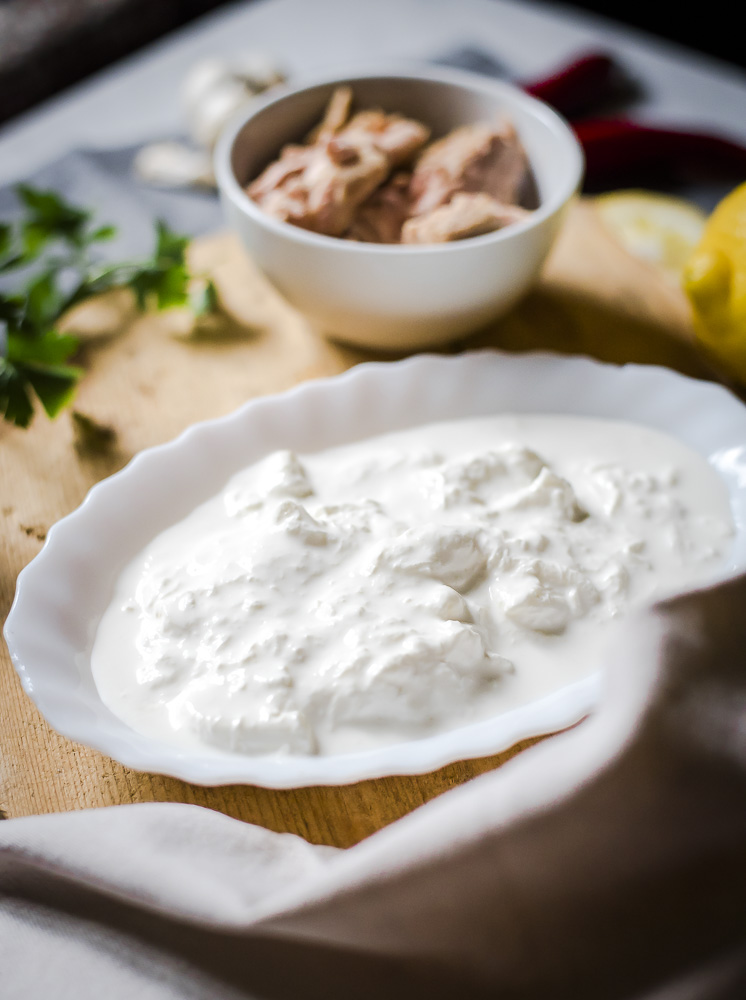
Just in case you’re not familiar with it, stracciatella is the soft, delicate and creamy center of burrata — it’s basically what makes burrata so good! This heavenly and pillowy soft cheese is a mixture of shredded fresh mozzarella curd and cream. I know it’s gaining popularity outside of Italy, so I encourage you to look for it at your local specialty store. If you can’t find it, you can easily replace it with her more famous sister, burrata.
This recipe can be enjoyed any time of the year, but I particularly love it for the summer. It’s so fresh and so tasty!
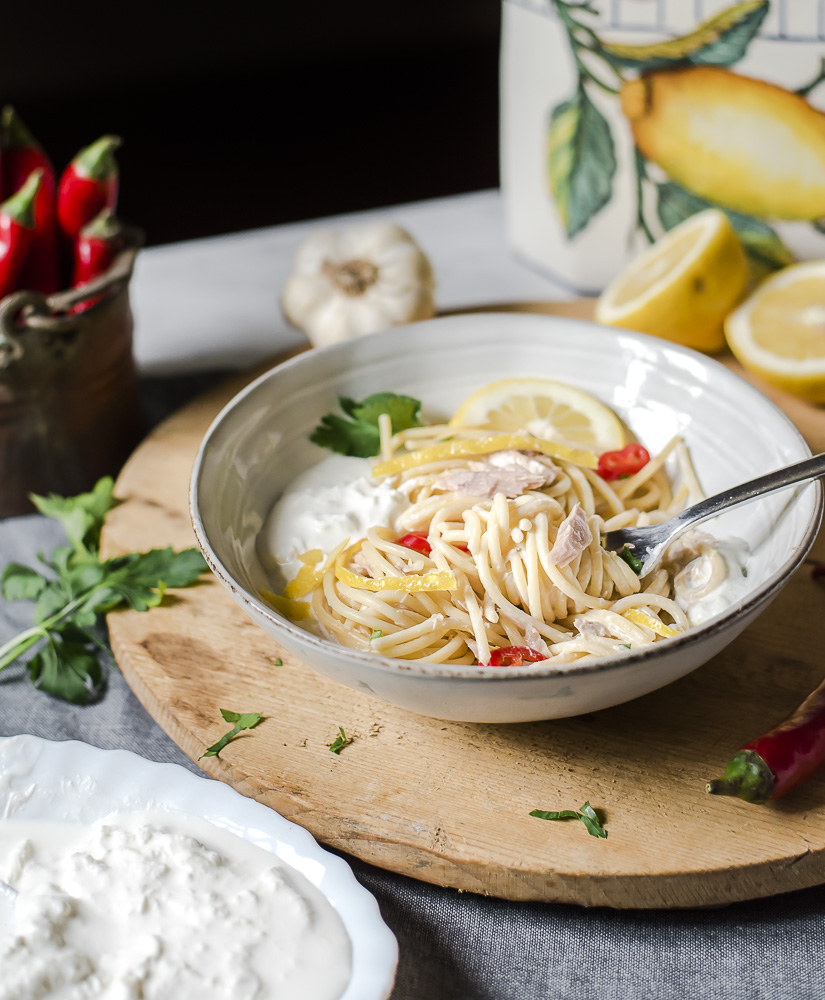
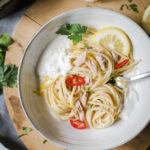
SPAGHETTI WITH TUNA, LEMON, AND CREAMY STRACCIATELLA CHEESE
Ingredients
- 320 g (11.5. oz) spaghetti
- extra-virgin olive oil
- 1 garlic clove
- 1 organic lemon juiced and zested
- crushed red pepper flakes OR a fresh red hot chili pepper (seeded and sliced)
- 300 g (10.5 oz) good-quality tuna in extra-virgin olive oil drained
- 1 Tbsp fresh parsley chopped
- stracciatella cheese in desired amount, at room temperature
Instructions
-
Bring a pot of salted water to a boil. Add spaghetti and cook until al dente. While pasta is cooking, prepare the “sauce”.
-
In a wide sauté pan, over medium heat, add a drizzle of olive oil and a clove of garlic. Let it become fragrant and then add chili pepper sliced (or red pepper flakes), lemon zest and 1/4 cup of cooking water from the pasta pot. Cook briefly and let the liquid evaporate. Then add the tuna and the lemon juice, and cook for just a couple of minutes. Remove from the heat and let the flavors mingle until the pasta is ready.
-
Drain the pasta and transfer to the pan. Turn on the heat, toss the pasta in the tuna/lemon sauce, until coated, for a minute or two. Remove the clove of garlic.
-
Serve in bowls along with 1 or 2 tablespoons of stracciatella. Sprinkle with parsley. Before eating, make sure you stir in the stracciatella with your fork so that you obtain a nice creamy sauce.
